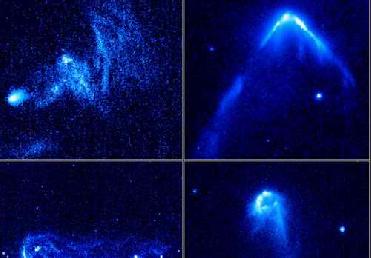
Stellar interlopers caught speeding through space. Hubble image
WASHINGTON (BNS): NASA�s Hubble Space Telescope has caught the images of 14 young, runaway stars plowing through regions of dense interstellar gas, creating brilliant arrowhead structures and trailing tails of glowing gas. These arrowheads, or bow shocks, form when the stars� powerful stellar winds, streams of matter flowing from the stars, slam into surrounding dense gas. The phenomenon is similar to that seen when a speeding boat pushes through water on a lake, NASA said.
Astronomer Raghvendra Sahai of NASA�s Jet Propulsion Laboratory in Pasadena, California, and leader of the Hubble study said that looking at the images they felt they had found a new class of bright, high-velocity stellar interlopers. �Finding these stars is a complete surprise because we were not looking for them. When I first saw the images, I said �wow�. This is like a bullet speeding through the interstellar medium. Hubble�s sharp �eye� reveals the structure and shape of these bow shocks,� Sahai said
According to NASA, the objects observed by Hubble are not very massive, because they do not have glowing clouds of ionized gas around them. �They are medium-sized stars that are a few to eight times more massive than the sun. The stars are not old because the shapes of the nebulae around aging, dying stars are very different, and old stars are almost never found near dense interstellar clouds,� NASA said.
Depending on their distance from Earth, the bullet-nosed bow shocks could be 100 billion to a trillion miles wide (the equivalent of 17 to 170 solar system diameters, measured out to Neptune�s orbit). The bow shocks indicate that the stars are travelling fast, more than 112,000 miles an hour (more than 180,000 km an hour) with respect to the dense gas they are plowing through, which is roughly five times faster than typical young stars.
�The high-speed stars were likely kicked out of their homes, which were probably massive star clusters,� Sahai reasoned.
The California astronomer said that the stars in their study were likely to be the lower-mass and/or lower-speed counterparts to the massive stars with bow shocks detected by Infrared Astronomical Satellite (IRAS). �We think the massive runaway stars observed before were just the tip of the iceberg. The stars seen with Hubble may represent the bulk of the population, both because many more lower-mass stars inhabit the universe than higher-mass stars, and because a much larger number are subject to modest speed kicks,� Sahai said.
NASA feels astronomers have not spotted many of these stellar interlopers before because they are hard to find. �You don�t know where to look for them because you cannot predict where they will be. So all of them have been found serendipitously, including the 14 stars with Hubble,� Sahai said.
Using Hubble�s Advanced Camera for Surveys, Sahai and his team examined 35 objects that appeared as bright infrared sources in the IRAS archive. It is said that they were looking for long-lived pre-planetary nebulae, puffed-up aging stars on the verge of shedding most of their outer layers to become glowing planetary nebulae. Instead, the astronomers stumbled upon the runaway stars.
Team member Mark Morris of the University of California, Los Angeles, said that one of the questions that these very showy encounters raise is what effect they have on the clouds. �Is it an insignificant flash in the pan, or do the strong winds from these stars stir up the clouds and thereby slow down their evolution toward forming another generation of stars,� Morris questioned.
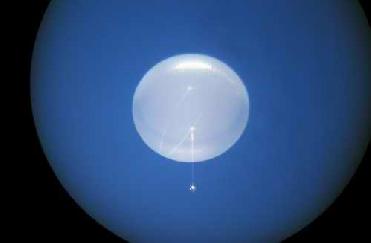 Previous Article
Previous Article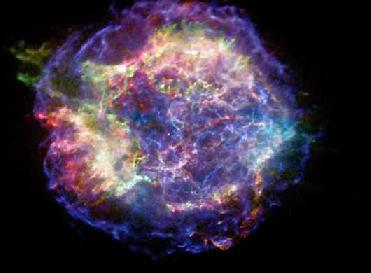 Next Article
Next Article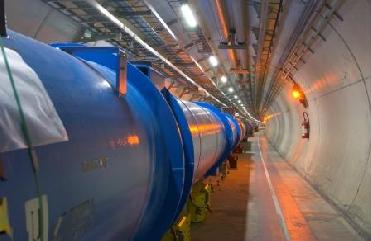
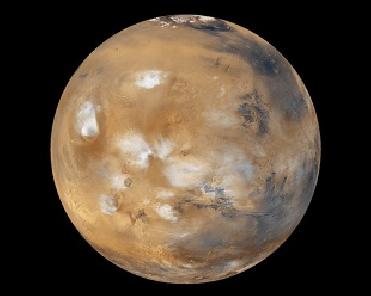
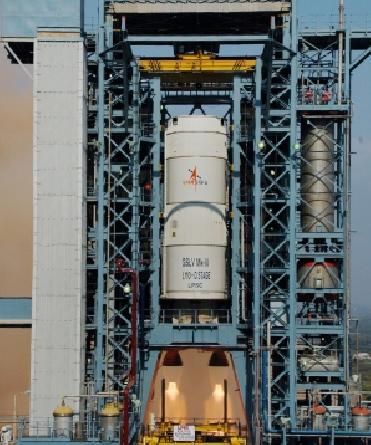










The Indian Air Force, in its flight trials evaluation report submitted before the Defence Ministry l..
view articleAn insight into the Medium Multi-Role Combat Aircraft competition...
view articleSky enthusiasts can now spot the International Space Station (ISS) commanded by Indian-American astr..
view article